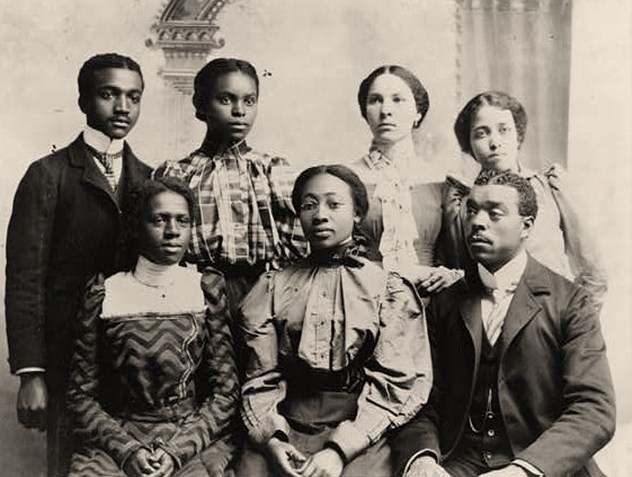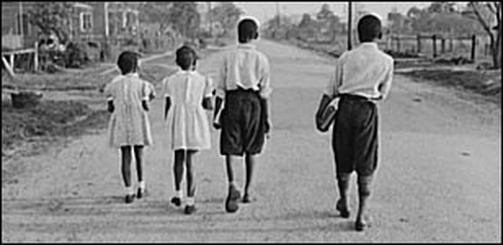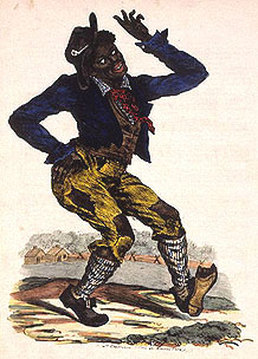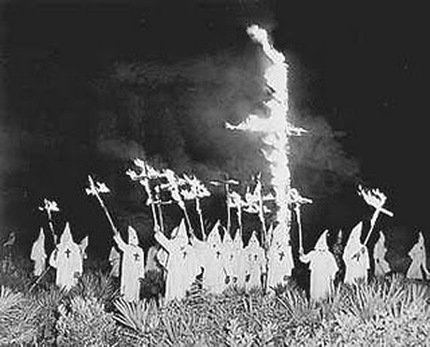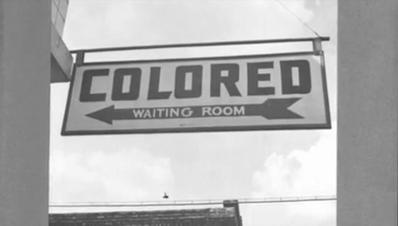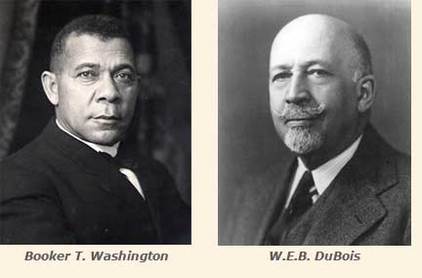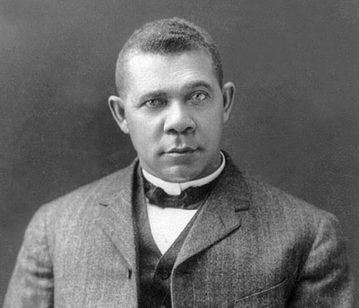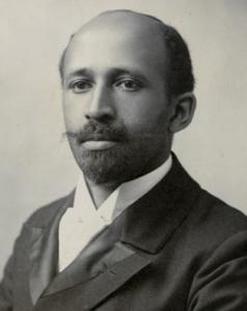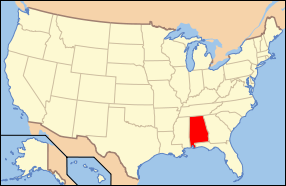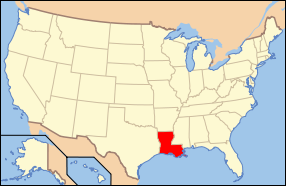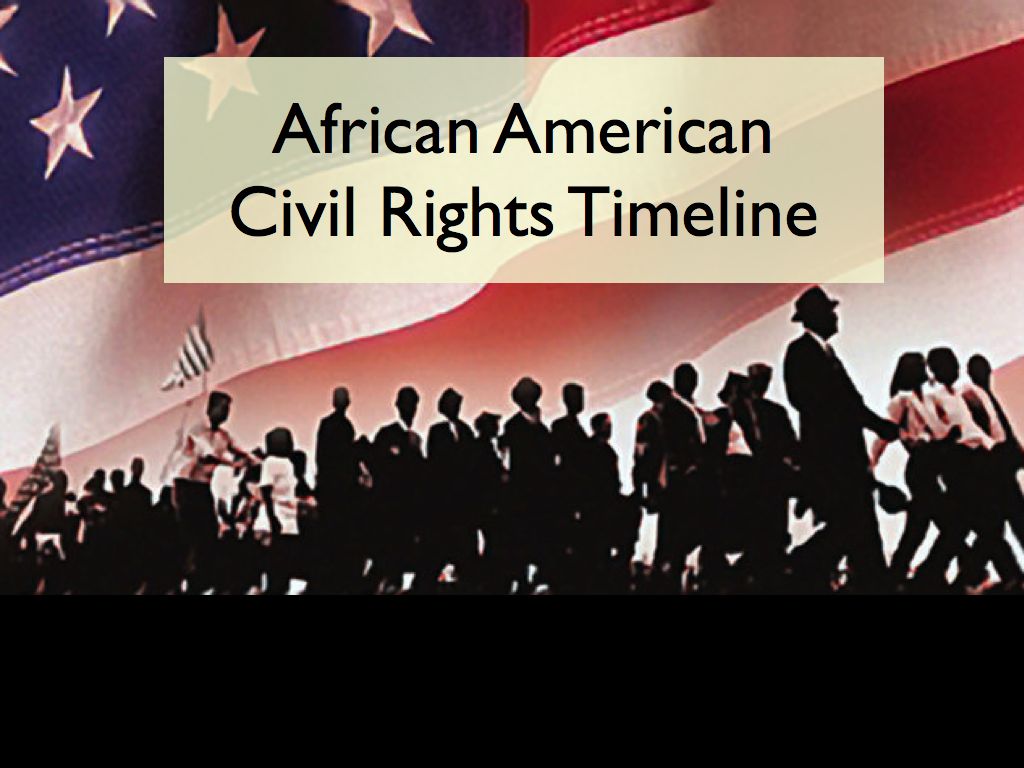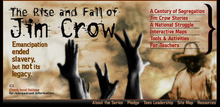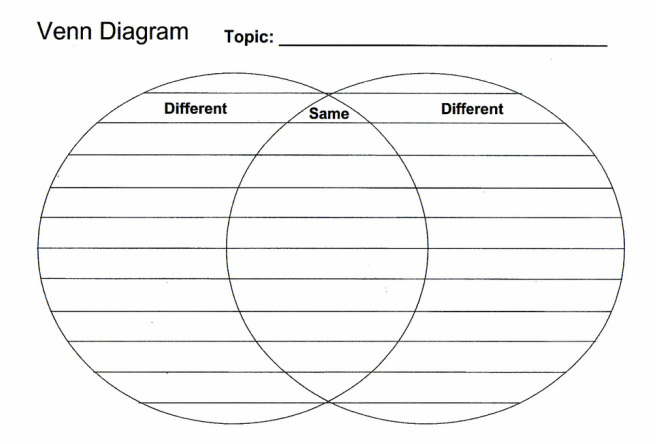Unit 3: We're Not Gonna Take It!
A Unit on the Progressive Era
A Unit on the Progressive Era
Lesson Module 18
AFRICAN AMERICANS
The Gilded Age & The Progressive Era
Focus Activity - Determining a Purpose for Reading
In this lesson we have three goals.
1. Apply what we know about the oppressed people of the Gilded Age to new readings and activities.
2. Analyze how African Americans were one of the oppressed groups of the Gilded Age.
3. Investigate what African Americans did in the Progressive Era to overcome the oppression of the Gilded Age.
1. Apply what we know about the oppressed people of the Gilded Age to new readings and activities.
2. Analyze how African Americans were one of the oppressed groups of the Gilded Age.
3. Investigate what African Americans did in the Progressive Era to overcome the oppression of the Gilded Age.
Lesson Outcomes

Outcomes are what you (the student) will be able to do after the lesson is over.
1. I can define and explain the items in the Lesson Module 16 Toolbox.
2. I can describe the problems faced by the African American people of the Gilded Age.
3. I can explain how Booker T. Washington and W.E.B. DuBois came to be African American leaders in the early Civil Rights Movement.
4. I can compare and contrast the actions and beliefs of Booker T. Washington and W.E.B. DuBois.
5. I can evaluate the effects of Booker T. Washington and W.E.B. DuBois efforts in achieving civil rights.
1. I can define and explain the items in the Lesson Module 16 Toolbox.
2. I can describe the problems faced by the African American people of the Gilded Age.
3. I can explain how Booker T. Washington and W.E.B. DuBois came to be African American leaders in the early Civil Rights Movement.
4. I can compare and contrast the actions and beliefs of Booker T. Washington and W.E.B. DuBois.
5. I can evaluate the effects of Booker T. Washington and W.E.B. DuBois efforts in achieving civil rights.
Lesson Mission
The lesson missions are the activities that you will complete to achieve the lesson outcomes. The missions for this lesson are:
Engagement Activity: Videoclip on the Rise and Fall of Jim Crow
Teaching Activity: Guided Reading and Notes - 25 Points
Small Group Activity: Discussion Question Survey - 25 Points
Pair Team Activity: Videoclips/Venn Diagram Compare & Contrast of Booker T. Washington & W.E.B. DuBois - 25 Points
Individual Activity: Pass Off Quiz for Lesson Module 16: African American Rights - 100 Points
Teaching Activity: Guided Reading and Notes - 25 Points
Small Group Activity: Discussion Question Survey - 25 Points
Pair Team Activity: Videoclips/Venn Diagram Compare & Contrast of Booker T. Washington & W.E.B. DuBois - 25 Points
Individual Activity: Pass Off Quiz for Lesson Module 16: African American Rights - 100 Points
Engagement Activity - Introduction Video
We watch the following video as a class. You may watch this on your own if you finish your work early or you may watch it at home. It might not be available using the school server. Sometimes videos even from Teacher Tube are blocked.
Teaching Activity - Guided Reading
African Americans in the Gilded Age and Progressive Era
All Is Not Well!
Pair Team Activity - Compare and Contrasting Venn Diagram
We diagram and chart the text to make sure you can apply the main ideas and important details of the lesson. We do it in pairs so that you have a chance to bounce ideas off others. You get points for diagrams and charts because you are showing that you can apply the main ideas and important details of what you have read and you can build upon your knowledge and understanding from others.
You will now select a partner. Each one of you will watch one of the videos below. Then you will report things you learned to your partner. Using the reading and the videos you will work together to compare and contrast Booker T. Washington and W.E.B. DuBois. Each person will create a Venn Diagram showing how the two men were alike and different.
Remember, in a Venn Diagram, things that the two men share are written in the overlapped part of the two circles. Anything that the men disagreed on will go in the outer circles.
Remember, in a Venn Diagram, things that the two men share are written in the overlapped part of the two circles. Anything that the men disagreed on will go in the outer circles.
Individual Activity
Lesson Module 16: African American Rights Pass Off Quiz
We pass off so that you can prove what you learned from applying and analyzing the lesson. You get points for passing off because you are proving the level at which you can apply and analyze the lesson.
You only have one shot at the pass off quiz. Make sure to check your answers before submitting.
You only have one shot at the pass off quiz. Make sure to check your answers before submitting.
Reflection Checklist -
Did You Complete Lesson Module 16: African American Rights?
Activities for Topic 3 Lesson 16 Module: African American Rights
- Did you watch the intro video?
- Did you read the lesson?
- Did you take notes?
- Did you do the survey questions?
- Did you do watch the videos on Washington and DuBois?
- Did you do the Venn Diagram?
- Did you take the quiz?
